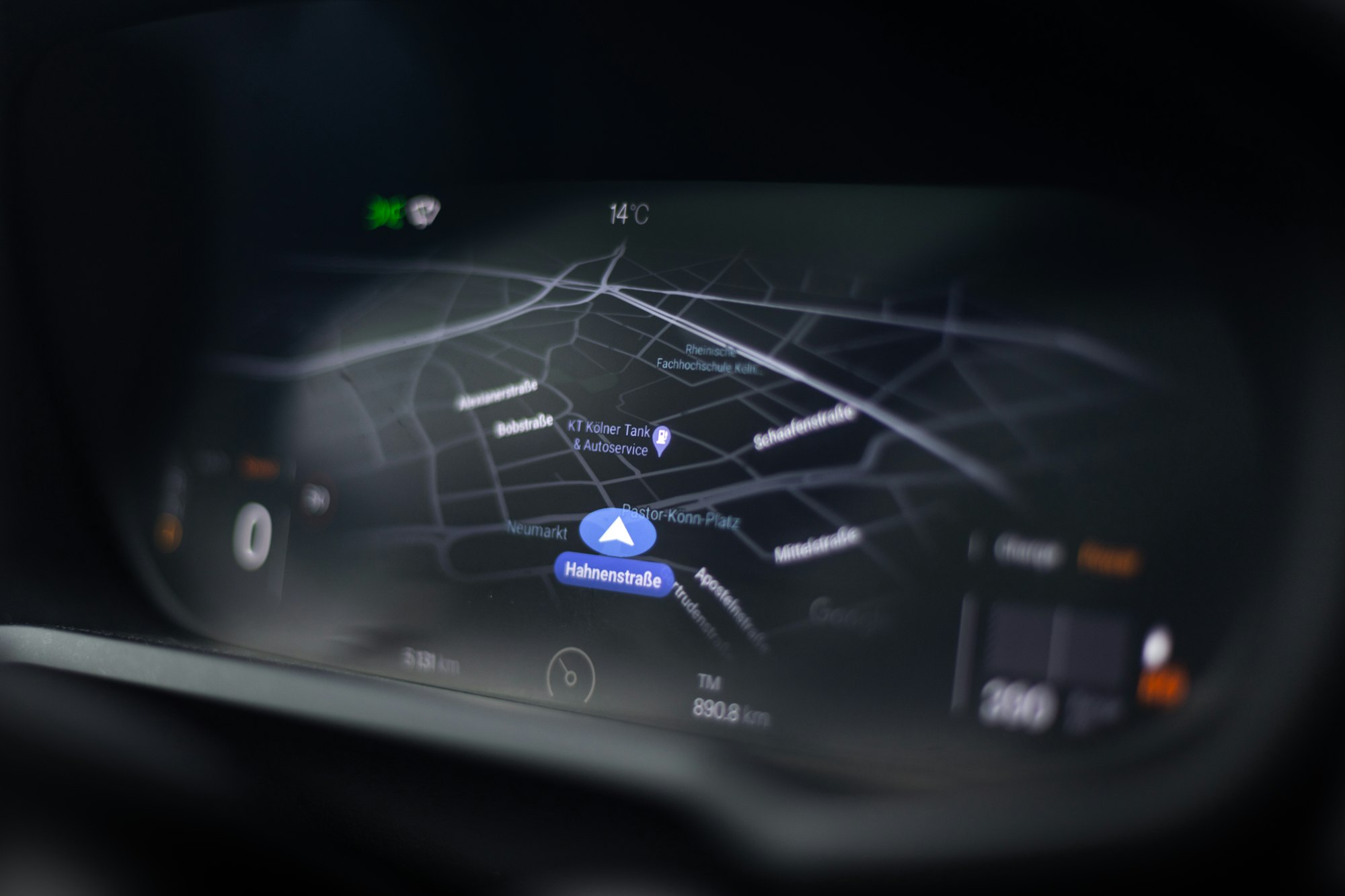If you've ever relied on a satellite navigation system (or "Sat Nav") to get you from point A to point B, you may have noticed that they're not always the most intuitive.
Sure, they'll usually provide the fastest route on average, but they often overlook one important factor: optionality.
Sat Navs are great at finding the most optimal route, but they don't take into account the potential for variance or "fat tail" events like traffic or road closures.
The GPS only redirects you once it realises there is traffic. On some routes, by that time it’s already too late and you’re doomed to spend the next 45 minutes crawling down the M25.
In reality, most people would be willing to accept a slightly longer route at the outset if it meant avoiding potential delays (whether they actually happen or not).
But Sat Navs aren’t capable of lateral thinking.
Another problem with GPS technology is that it lacks the ability to understand when you might want to take the scenic route. Or when you may want to adjust your route to find a McDonald’s (they’re everywhere, but never when you need one).
The Sat Nav assumes you are always in a hurry. It will try to get you to your destination by the fastest route possible, even if that means an extraordinarily boring road trip.
All maps are abstractions. They strip away nuance in favour of simplicity.
Every map-maker has their own priorities, deciding what to obscure and which routes to highlight.
This means that GPS systems can often suffer from the principal-agent problem, where the interests of the user (the principal) aren't aligned with the interests of the Sat Nav (the agent).
Next time you’re about to blindly follow an algorithm, whether it takes the form of a GPS or a career path, think twice about what the path is optimising for and whether that aligns with your priorities.

